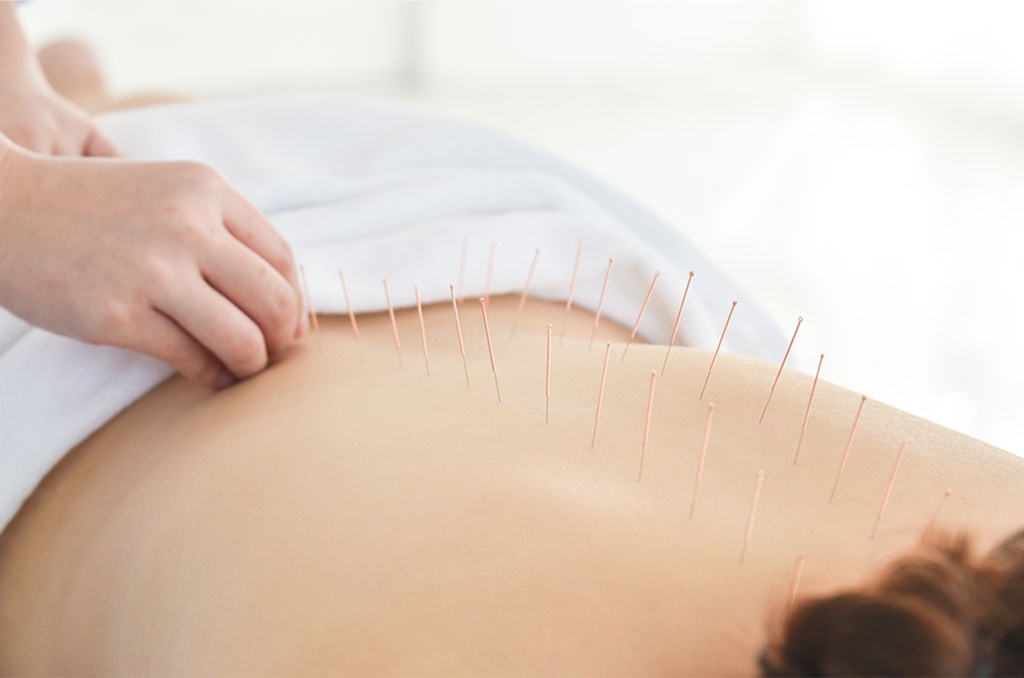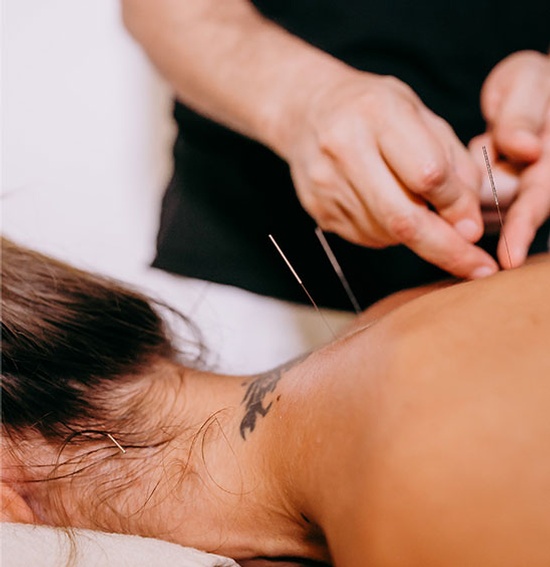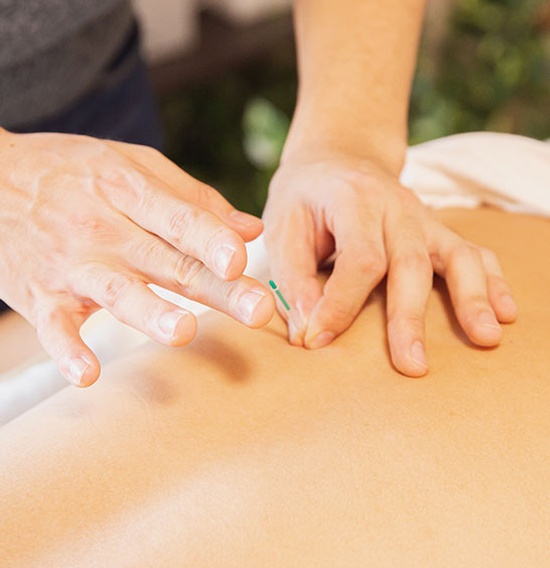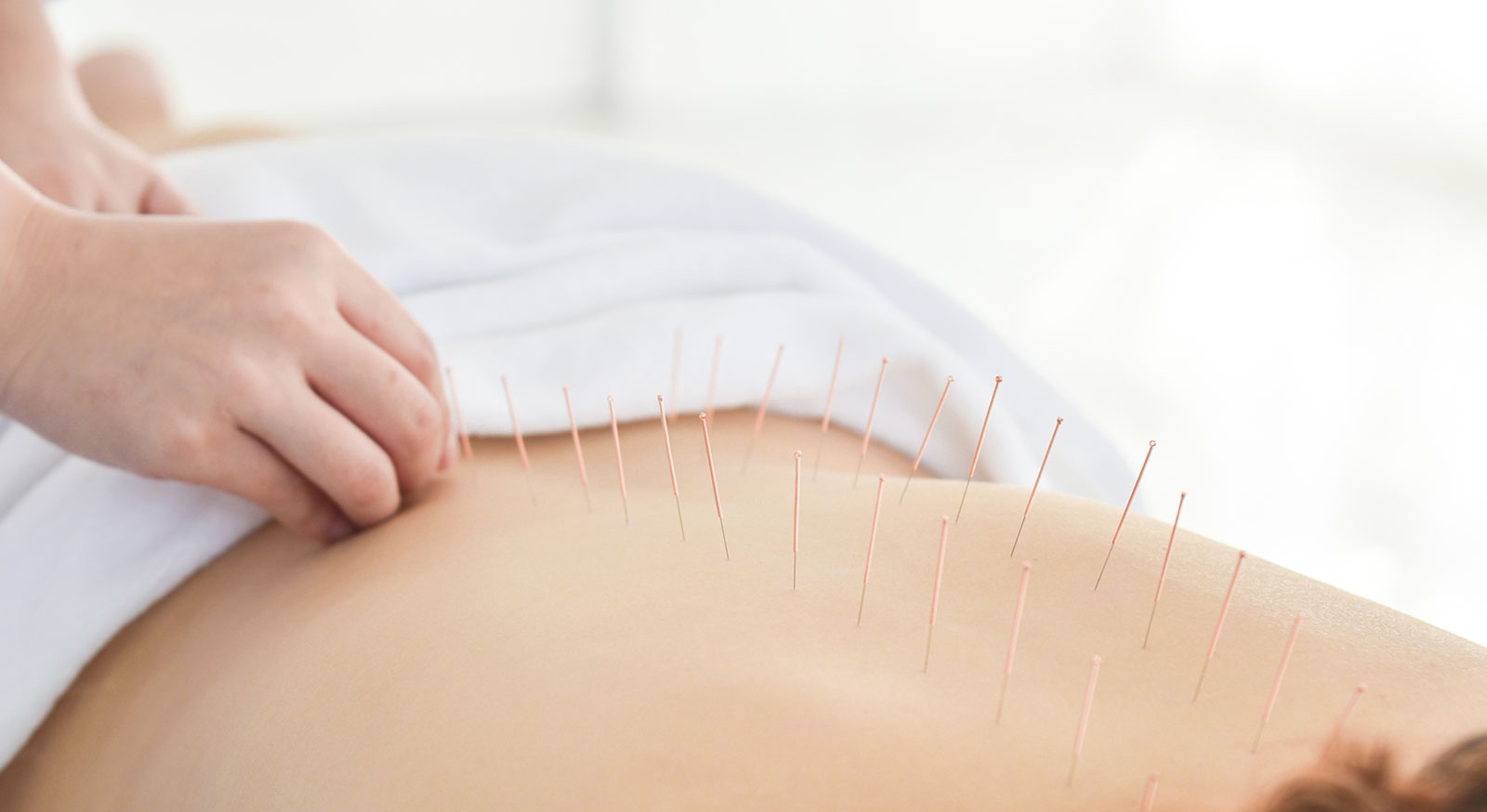
What is acupuncture
The ancient practice of acupuncture started in China approximately 3000 years ago. The first documentation of acupuncture that described it as an organized system of diagnosis and treatment is in The Yellow Emperor's Classic of Internal Medicine, which dates back to 100 BCE. By this time, the Qi (vital energy or life force) flow channels were well established, and the information likely stemmed from a compilation of traditions passed down over centuries. Gradually, the practice of acupuncture was honed and insertion points became more specified, until it became a standard practice in China alongside massage, diet, and herbs. Acupuncture is used to alleviate pain, manage stress, promote overall well being, and address specific ailments. It involves a trained practitioner inserting very small needles into the skin at specific points on a person’s body.

What to expect from a first visit
Initial visits generally last from 30 to 90 minutes. Your acupuncturist will take a detailed health history, perform a physical exam, and provide you with your unique treatment plan. During your first exam, your acupuncturist will spend time getting to know you and your health concerns. You may be asked a wide range of questions about your symptoms, eating and sleep habits, physical activities, emotional states and anything that may offer insight into your health. Your practitioner will also employ diagnostic tools that are unique to acupuncture and TCM such as tongue and pulse diagnosis.

-
- Your treatment plan
Once your acupuncturist has gathered enough information, you’ll receive a comprehensive diagnosis and a treatment plan that will explain:
- Your underlying imbalances
- Your time line of care
- What types of treatment you will receive
-
- Getting the most out of treatment
For the best treatment results, keep a few things in mind:
- Please show up on time
- Don’t eat a large meal before your visit or attend in an empty stomach
- Wear loose, comfortable clothes
- Be sure to discuss any questions or concerns with your acupuncturist
- Refrain from overexertion, drugs or alcohol for at least six hours after treatment
- Follow your treatment plan between visits
- Keep all of your appointments, as each visit builds upon the previous ones
-
- How treatment works
To treat any Qi imbalances, fine, sterile and single use needles will be inserted at specific acupuncture points along the meridian pathways. Your acupuncturist will concentrate on acupuncture points related to specific organs, based on your unique issues and symptoms. Your acupuncturist may include other related therapies in your treatment plan, such as cupping, Gwa Sha, electroacupuncture or acupressure.
Acupuncture is not an instant fix.
True healing takes time and dedication. Depending on your current health and symptoms, you could feel better right away, or you may need treatments for weeks, months or years to achieve the results you want. Your acupuncturist can give you an idea of what to expect. With a little patience and an open mind, you’ll be on your way to health and vitality.
Acupuncture and TCM offer a safe and effective holistic health care system. This natural approach can both resolve symptoms and enhance your overall health.
By taking the right steps and planting the seeds of health, you are on the road to a healthier and more balanced life! Your actions are a key component of your treatment plan. Focusing on your health and committing to a healthy lifestyle are the best steps you can take for your well-being. Together, you and your acupuncturist can heal your imbalances and help you achieve harmony and balance.
Even after your symptoms are resolved, acupuncture can assist you in maintaining your health, and possibly prevent future imbalances. The more you incorporate acupuncture and TCM into your life, the more you’ll learn to nurture your body, mind and spirit.
